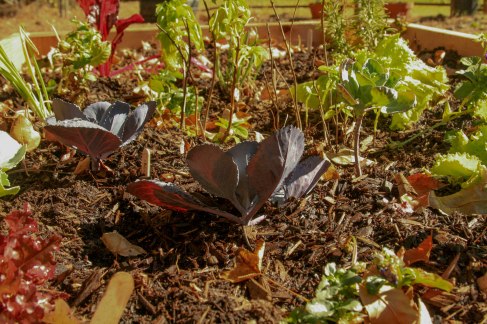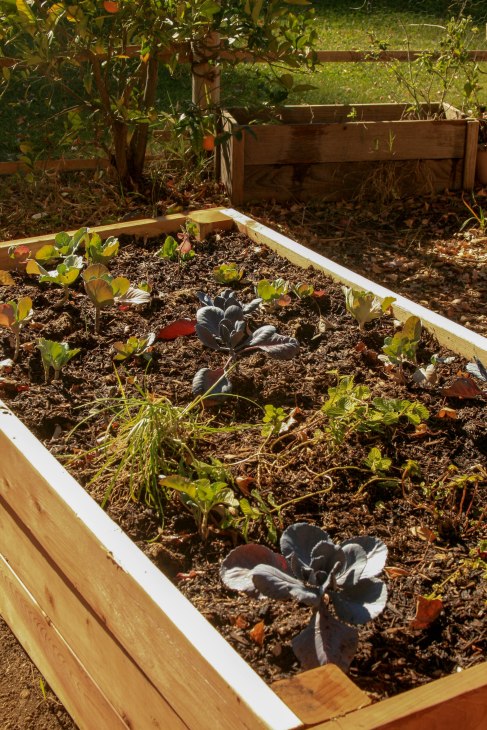Book Review: Genetic Engineering in Agriculture
Posted: March 14, 2013 Filed under: Book reviews, Farming, Policy Leave a commentIn Genetic Engineering in Agriculture, Miguel Altieri uncovers and shares the truth about biotechnology in regards to food and how the rise of biotechnology and genetic engineering has greatly affected agribusiness, especially the at the level of the farmers. Altieri tells the narrative of how genetically modified crops have risen to dominance in the agricultural world because they were sought to be the solution to world hunger. He goes on to reveal that GM crops actually have a primarily negative impact on human health, crop yields and the livelihood of farmers. The book begins by discussing the belief that world hunger is a consequence of a food production shortage when, in fact, more than enough food is being produced to feed the world; however much goes to waste or to feed livestock.
Genetically modified seeds are very expensive and are under the control of a few large corporations, such as Monsanto, further inceasing the marginalization of the farmers. Altieri explains scientifically how traditional breeding and genetic engineering are very different processes. However, the United States government states that the processes are “substantially equivalent.” He also explains that not only are the human health effects not fully understood, but also the effects on the environment and on crop yields are not clear as well. This book shares the full narrative of genetically modified food from the fields to the shelves and how money and economics, as always, have a huge influence on the agricultural system.
Genetic engineering has become a major topic of debate in the world of agriculture, especially as it was during election season with Proposition 37 in California. Almost all the foods we consume contain some genetically modified ingredient. More than half the corn and soybean-based foods we consume in the United States are genetically modified (Altieri pp. 30). Genetic Engineering in Agriculture was written to share the whole story of genetically modified food from the science to the economics to the effects on farmers’ lives.
I found the book well organized which helped create a clear and easy to follow argument of why genetically modified crops are taking over the American agricultural business, and not in a good way. Before reading this book, I did not have a strong understanding about genetically modified crops other than the scientific process of creating the genetically modified organisms. This book revealed how GM crops have made their way into almost every source of food we eat. Also, the companies that create, patent, and sell the genetically modified seeds have built up a monopoly and often times take advantage of the small, individual farmers.
I enjoyed Miguel Altieri’s last chapter about the alternatives to biotechnology and I believe the chapter was crucial in creating a strong argument against genetic engineering in agriculture. As I was reading the book I found myself agreeing that biotechnology was creating more problems than it was solving problems, but I was asking myself, what else can be done if biotechnology is not the answer? Luckily for me the last chapter shared some successful and sustainable alternative practices that are currently being used in other countries. I believe this last chapter was crucial in order for Altieri to really create a strong critique. It is one thing to find a problem, but to also share evidence of working alternatives only supports and reinforces his critique of biotechnology.
Altieri, Miguel A. Genetic Engineering in Agriculture: The Myths, Environmental Risks, and Alternatives. Oakland, CA: Food First /Institute for Food and Development Policy, 2004. Print.
Garden Visit: Saturday, Feb 2
Posted: February 2, 2013 Filed under: Garden tasks, Uncategorized, Watering | Tags: carrots, Garden tasks, onions, ucla, watering Leave a commentI headed to Sunset this morning to water the garden and began by simply picking the leaves and burs out of all the beds. The soil in all the beds was a little damp so I just gave the plants a light watering. However, I did not water the pansies because I was told they might be getting too much water, which can cause root rot. Professor McKnight said that this is a good reminder that each plant has different requirements for achieving prime growth and that we will learn this as we go along.
I took a picture of some plants that are a little hidden on the workbenches so that they are not neglected when watering.
The carrot and onion/scallion seeds (in the bed with the transplanted cabbage) do not show any sign of growth yet, but hopefully in the near future they will pop up.
On the other hand, the chives and onion in another bed are doing excellent. A lot have popped up and are looking strong. I do not know if they have to be thinned because they seem to be growing in small clusters.
Also, when I was watering along the fence I was excited to see that we have a couple olive trees growing!
The garden is looking great!
Community Garden 1.21.13 Visit
Posted: January 21, 2013 Filed under: Watering Leave a commentPicture Resolution: 3888 x 2592 pixels
I went to the garden this morning around 11:30am and it was already very hot out. The soil in the beds was dry which is not surprising because of the heat we experienced yesterday. Also, the beds receive the most direct sunlight out of all the plants in the garden. I made sure to give the beds a little extra water for this reason and in knowing that today was going to be hot as well!
As noted in the previous blog, the potted plants along the right side of the garden (as you walk in) do look as if they have seen better days, but I gave them some water in hopes of revival. However, the plants in the beds look alive and well, but there is no noticeable growth from the seeds yet.
When I was watering I realized that the plants further back on the left half of the garden can easily be forgotten about so I just wanted to write this just as a reminder to make sure they get water.




